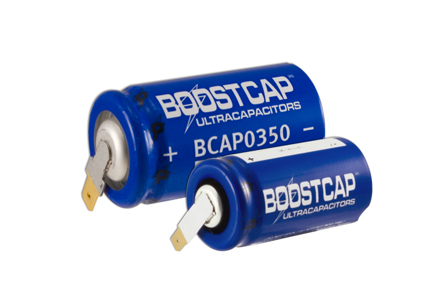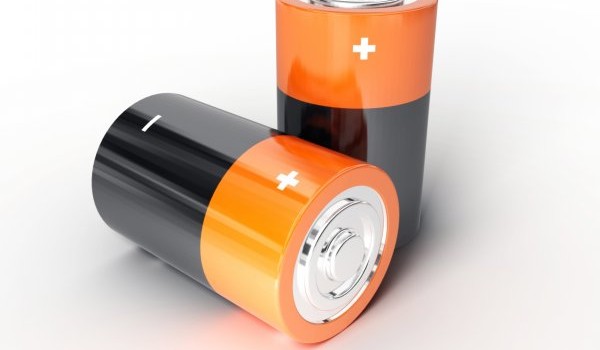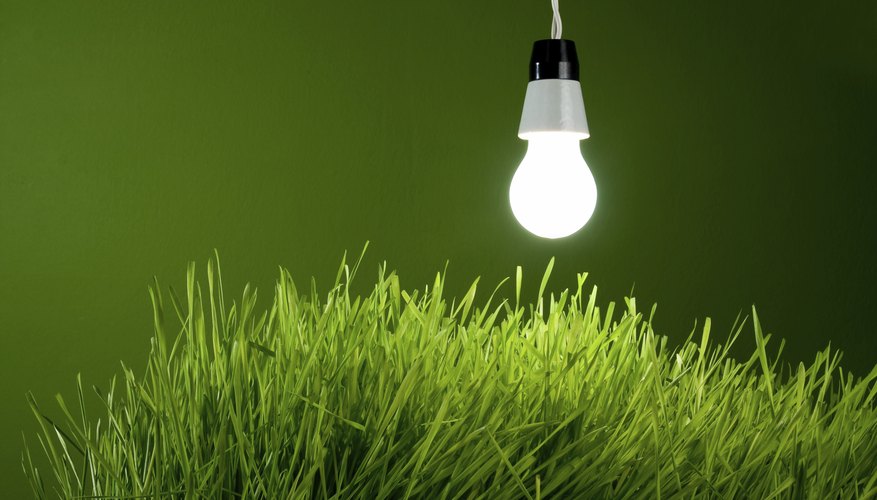A look inside the labs at the Joint Center for Artificial Photosynthesis reveals the inventions and processes that yield groundbreaking discoveries in solar fuel. The work was published in PNAS. Learn more about JCAP talks at conferences and meetings, publications, research highlights, and Databases. If artificial photosynthesis is possible, will it be the most efficient way to produce alternative energy? How does Daniel Nocera's artificial photosynthesis system work? Jeffrey Douglass, BA BioSci Oxford, PhD MolBio Imperial. Answered May 17, 2017 Author has 144 answers and 115. There are some differences between sunlight and artificial light most artificial light doesnt emit as much energy in the red and blue region of the light spectrum as sunlight does. But an artificial photosynthesis system or a photoelectrochemical cell that mimics what happens in plants could potentially create an endless, relatively inexpensive supply of all the clean gas and electricity we need to power our lives and in a storable form, too. The real challenge is going to be how do you make something like [artificial photosynthesis at a reasonable scale and have it work in the real environment, says Kathy Ayers, vice president. In order to realize artificial photosynthesis, water should be used as an electron source. Although water oxidation is an important reaction in this sense, it is a challenging reaction because the reaction involves fourelectron process, which is kinetically very slow. If we could somehow artificially replicate the photosynthetic process completed by plants, we would be able to lower carbon dioxide concentrations in the atmosphere, while also producing sugar that we could use for food and energy production. Does the world need a global project on artificial photosynthesis? Article (PDF Available) in Interface focus: a theme supplement of Journal of the Royal Society interface 5(3) April 2015 with. Many scientists now think that slowing down global warming isn't enough anymore and that we now need to clear some of the CO2 already in the air. Unfortunately, artificial photosynthesis is still in its infancy. Researchers reckon that, at least in the laboratory, they can make fuel direct from sunlight far more efficiently than can the. Artificial Photosynthesis, an Energy Technology of the Future Duration: 3: 27. MMC H1 Fuel Cell For DroneUAV, Hydrogen Fuel cell, The New Era for. Photosynthesis is also responsible for balancing oxygen and carbon dioxide levels in the atmosphere. Plants absorb carbon dioxide from the air and release oxygen during the process of photosynthesis. Unfortunately, artificial photosynthesis is still in its infancy. Researchers reckon that, at least in the laboratory, they can make fuel direct from sunlight far more efficiently than can the. A potentially gamechanging breakthrough in artificial photosynthesis has been achieved with the development of a system that can capture carbon dioxide emissions before they are vented into the atmosphere and then, powered by solar energy, convert that carbon dioxide into valuable chemical products, including biodegradable plastics, pharmaceutical drugs and even liquid fuels. Artificial photosynthesis is a scheme that helps specialists capture and stores the energy coming from the sun in the chemical bonds of a fuel. One of the most useful and challenging projects when wanting to generate large amounts of power with little greenhouse gas emissions is developing a leaf. In artificial photosynthesis, scientists are essentially conducting the same fundamental process that occurs in natural photosynthesis but with simpler nanostructures. The fabrication of these nanostructures has only recently been possible due to breakthroughs in nanotechnology in the areas of imaging and manipulation How does photosynthesis work? Follow our simple guide for students to learn more about the process of photosynthesis, where plants use energy from the sun to make their own food. Learn the mystery behind the photosynthesis formula, and why other life forms are dependent on it for their survival. Artificial photosynthesis has yet to fulfill its promise to provide a commercially viable alternative to traditional fuels, Ghiggino said, though much has been learned about the operation of the natural photosynthetic system. A chemistry professor has just found a way to trigger the process of photosynthesis in a synthetic material, turning greenhouse gases into clean air and producing energy all at the same time. Another concern is that, unlike natural photosynthesis, artificial photosynthesis requires concentrated carbon dioxide to function. This is easy to do in the lab, but if artificial photosynthesis is scaled up, Yang will have to find a feasible way of supplying concentrated carbon dioxide to the PBS. How does artificial photosynthesis work? Plants split water molecules into hydrogen and oxygen. The oxygen is released in the atmosphere. The hydrogen is used to convert the carbon dioxide in the air into carbonbased organic molecules which act as food for the plant. source of electricity but will not begin to compete with the major fossil fuel source plants until costs come down further. Wrighton's presentation, PhotosynthesisReal and Artificial, was a closely reasoned, stepbystep discussion of the crucial stages in. Photosynthesis under Artificial light the shift in primary and secondary metabolism If lighting is weak then photosynthesis cannot work and etiolation symptoms appear If light is excessive it generates oxygen radicals and causes photoinhibition Both limit primary productivity. They explore the vision that there is a growing ethical responsibility on humanity in general to ensure that every road, pavement. Photosynthesis is a process used by plants and other organisms to convert light energy into chemical energy that can later be released to fuel the organisms' activities (energy transformation). Ethical foundations of a global project on artificial photosynthesis. The Chicheley Hall meeting discussed the ethical importance of a global AP project having a defined challenge at the levels of both fundamental science and benchmarking as well as a realistic time line for its achievement. Photosynthesis can be divided into the energyharvesting reactions of chlorophyll and the reduction of carbon dioxide to sugar in the Calvin cycle, making use of the energy absorbed by the chlorophyll. Artificial Photosynthesis is the replacing of gas, oil, elcetricity, etc with the process photosynthesis. or converting carbon dioxide, sunglight, and water into carbohydrates and oxygen. How Artificial Photosynthesis works When an array (like solar panels we have now) catches solar rays that split water into hydrogen and oxygen. Artificial photosynthesis seeks to replicate the natural process of photosynthesis. The goal is to make fuel from solar energy, but scaled up to meet the energy demands of a. Researchers have developed an artificial photosynthesis system that harvests light energy to produce hydrogen fuel. Photosynthesis is a chemical process used by plants to convert light energy. Photosynthesis occurs within these structures, which contain a substance called chlorophyll. Chlorophyll, along with other pigments present in the chloroplast, absorbs the light energy of all colors but green for use in the photosynthesis process. Artificial Photosynthesis to Power the Future. At the launch of the Breakthrough Energy Coalition in November 2015, Bill Gates said, If it works, it would be magical. Photosynthesis under artificial light: the shift in primary and secondary metabolism. Eva Darko, photosynthesis cannot work efficiently and etiolation symptoms appear. However, excessive light generates oxygen radicals and causes photoinhibition. Artificial light sources for photosynthesis. Artificial lighting should provide plants. There are two major categories of solar fuel: You can harness solar energy to break down water and capture hydrogen fuel, or you can use it to break down carbon dioxide into carbonbased fuels. Similar to the natural process in plants, artificial photosynthesis uses sunlight, water and carbon dioxide, but instead of producing sugar and oxygen, the end goal is hydrogen. introduction to photosynthesis, artificial photosynthesis, history, photolytic cell, how does AP work, artificial leaf, applications, pros and cons of the tech Slideshare uses cookies to improve functionality and performance, and to provide you with relevant advertising. LED lights are also a low heat, energyefficient artificial light source. Because LED technology is so customizable, every bulb is different, so make sure your bulbs produce the blues and reds necessary for. Artificial Photosynthesis is the industrial process of preparing fuels and chemicals from nothing more than carbon dioxide, water and sunlight. It is a vital process that would be the foundation of. Artificial light sources for photosynthesis. Artificial lighting should provide plants with energy and information required for development. Noceras research is distinct from the work being carried out by the Joint Center for Artificial Photosynthesis, a U. Department of Energyfunded program that seeks to use inorganic catalysts. Plants take in water and carbon dioxide, and create is a process that converts carbon dioxide into organic compounds, especially sugars, using the energy from sunlight. Artificial photosynthesis is a chemical process that replicates the natural process of photosynthesis, a process that converts sunlight, water, and. Artificial photosynthesis could supply the Earth with fuels of high energy density such as hydrogen, methane or methanol while reducing the amount of carbon dioxide in our atmosphere and slowing. Artificial photosynthesis: The twoinone technology that could save the planet. At the moment, the basic steps in artificial photosynthesis work, but not very efficiently. How Does Artificial Photosynthesis work? Yangs PBS is considered as a faux leaf. Its a onesquareinch tray which includes silicon semiconductors and dwelling bacteria; exactly what Yang requires for a port. To be able to commence the procedure for artificial photosynthesis. Yang drops the tray of substances to. Photosynthesis in plants requires a combination of carbon dioxide, water and light energy. The light energy used in photosynthesis is typically derived from the sun but is. If its artificial light, as in light emanating from light bulbs, then, to the best of my knowledge, I believe it would work for photosynthesis. This is because both the sun and light bulbs radiate light energy. For an artificial system to work for human needs, the output has to change. Instead of releasing only oxygen at the end of the reaction, it would have to release liquid hydrogen (or perhaps methanol) as well..











